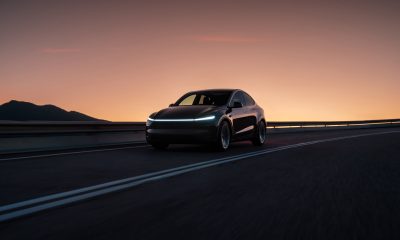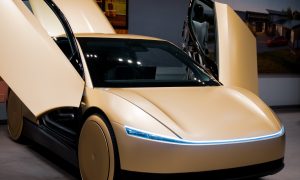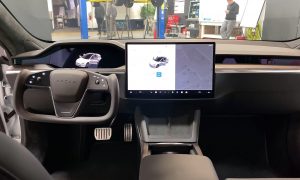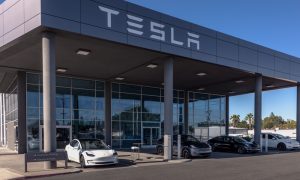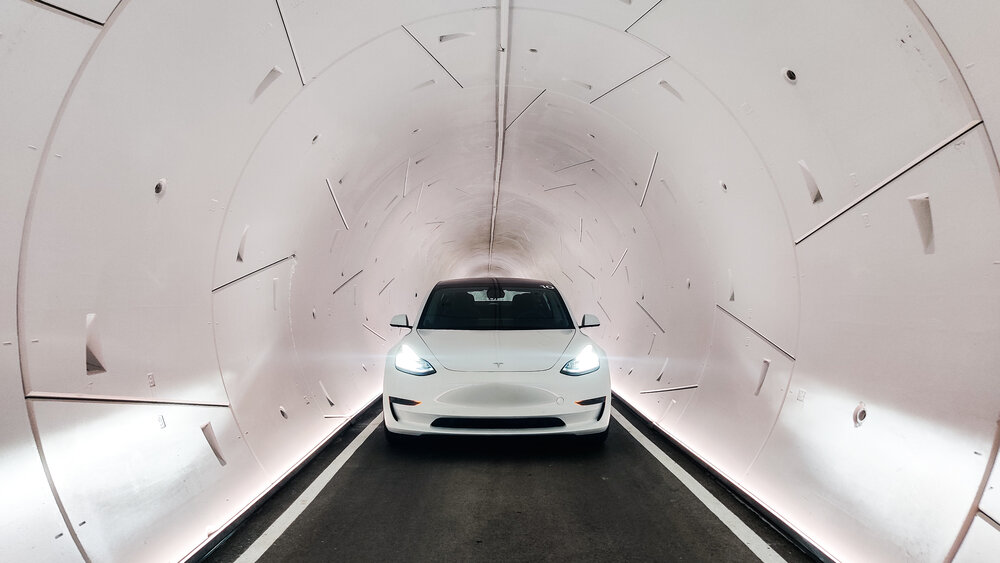

News
The Boring Company San Antonio Loop’s net revenue expected to be $25M per year, fares to start at $10
On Wednesday, May 18, The Alamo Regional Mobility Authority (RMA) board was briefed on more details about The Boring Company’s (TBC) proposed tunnel from the San Antonio International Airport to downtown.
Bexar County Public Works director and county engineer Renee Green briefed the Alamo RMA board on The Boring Company tunnel project before the members went into executive session.
Green’s presentation noted that 10 million out of 30 million people who visit the city pass through the San Antonio International Airport. As such, the San Antonio tunnel project is expected to generate a net revenue of up to $25 million per year, with fares between $10 to $12.
“These revenue projections would require, obviously, more detailed study for reasonableness and accuracy. That’s what the ridership and revenue study will tell us,” said Green.
According to Green, all funding for the tunneling project would come from Elon Musk’s tunneling company. She emphasized that taxpayers would not spend a cent on the project. TBC offered a “turn-key lump sum construction price where they assume all the risks.” The Boring Company project is estimated to cost between $241 million and $298 million.
TBC plans to build a one-way tunnel 7.6 miles long that would possibly run parallel U.S. 281. However, the route of the tunnel will not be settled until a feasibility study is performed. An examination of potential environmental risks must be done as well.
The San Antonio tunnel would have exit shafts located every half-mile for safety purposes. The number of stations the tunnel would have is still unknown.
The presentation stated that 100 Tesla vehicles could transport about 32,000 passengers through the San Antonio tunnel daily on average. It would have a maximum capacity of transporting 4,500 passengers per hour with 100 vehicles. If the tunnel’s Tesla fleet increased to 350 vehicles, it would be able to accommodate 112,000 commuters daily and 15,750 passengers per hour from the airport to downtown.
“This is an extremely efficient system. You don’t have any cross traffic, you’re not stopping at each location, you’re either pulling in or pulling out of the tunnel system,” said Green.
She emphasized that each trip would have little to zero wait time. However, Green also highlighted that The Boring Company tunnel would work alongside traditional transit systems and would not be competing for the same ridership.
“The project can provide an equivalent capacity to both bus and rapid transit for a fraction of the operating costs that we’re talking about, while providing reliability and solving a lot of the last-mile difficulties that you see with traditional transit systems by utilizing underground rides where the system will supplement any plan for ongoing transit type projects and is not expected to replace them,” she added.
The Teslarati team would appreciate hearing from you. If you have any tips, reach out to me at maria@teslarati.com or via Twitter @Writer_01001101.
News
Tesla firmware shows new Model Y seat configuration is coming
Tesla could be adding another seating configuration beside the seven-seater to the Model Y lineup later this year.
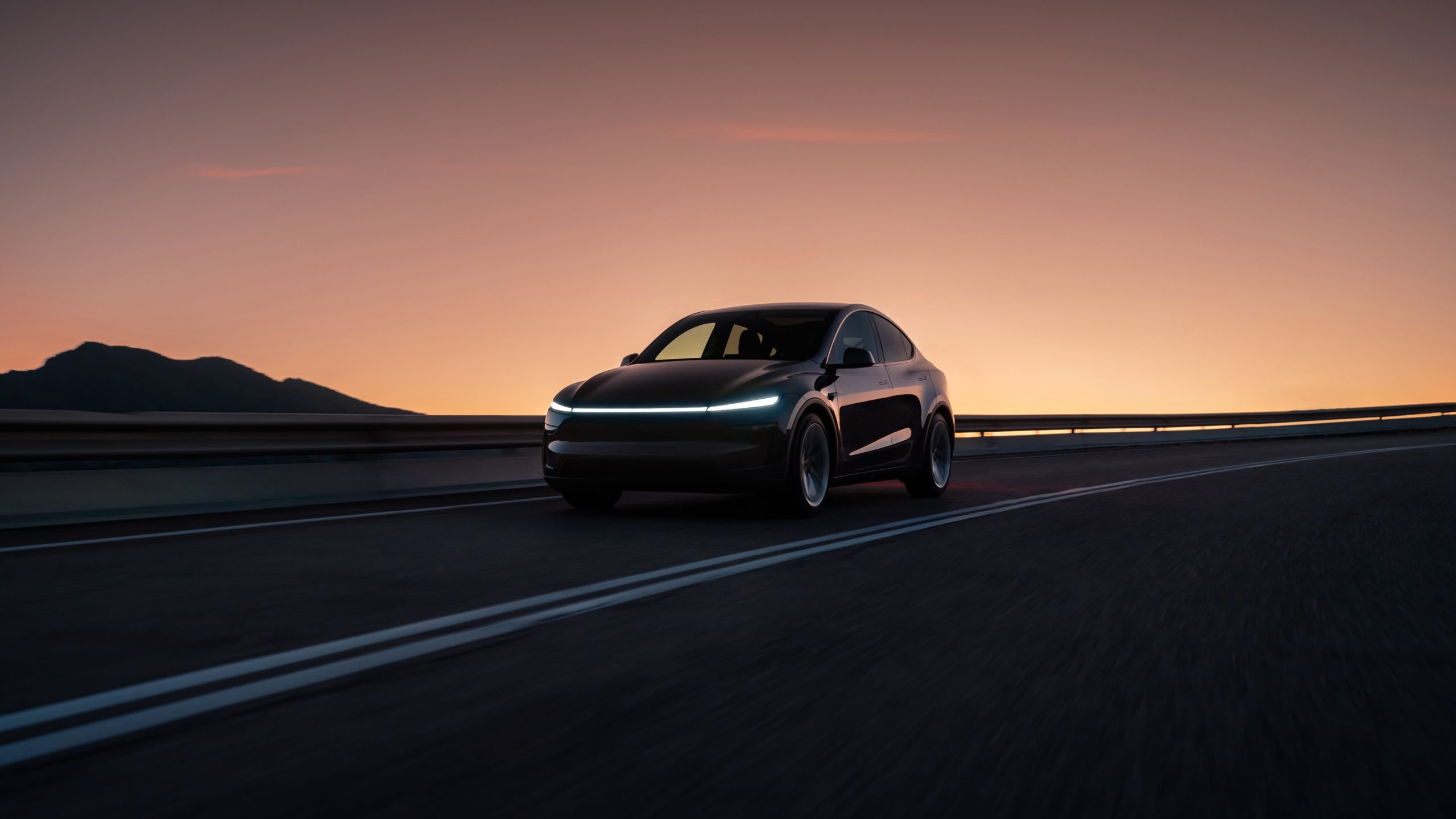
Tesla firmware has been a great place for some to reveal what the company has in the pipeline, and a new seating configuration for the best-selling Model Y looks to be on the way.
Last week, we reported that Tesla was already hinting toward a 7-seater configuration of the Model Y in a promotional email it sent to those on its contact list.
However, firmware revealed by Tesla hacker greentheonly is showing that a new seating configuration is on the way — a six-seater:
The much rumored about 6-seater Model Y made an appearance in the firmware.
Unlikely to be China-only as some of the speculations said.Some weird “slow down to save energy, people typically drive this much slower here to save %%” nav suggestions.
— green (@greentheonly) June 16, 2025
Green says the configuration would not be available in China-only, and will be potentially for sale in other markets as well.
The six-seat and seven-seat configurations of the Model Y were available in the Legacy version of the vehicle, but were met with mixed reviews, as many complained about the lack of legroom in the third row.
This was something that was a real concern for many of those owners who needed something larger than the traditional five-seat variant, but did not want to buy the much more pricey Model X.
We’ve covered the size of that third row on several occasions.
Some owners even took the idea of having a seven-seater into their own hands:
Tesla Model Y third row seat test explores options for a comfortable 7-seat setup
Tesla did not explicitly announce a six-seater configuration of the Model Y, but Lars Moravy, the company’s VP of Vehicle Engineering, said the seven-seater would come to production later in 2025.
News
Tesla confirms massive hardware change for autonomy improvement
Tesla has confirmed that a recent change made to some of its recently refreshed vehicles is, in fact, a strategy it will use to improve its suite as it continues to work toward autonomy.
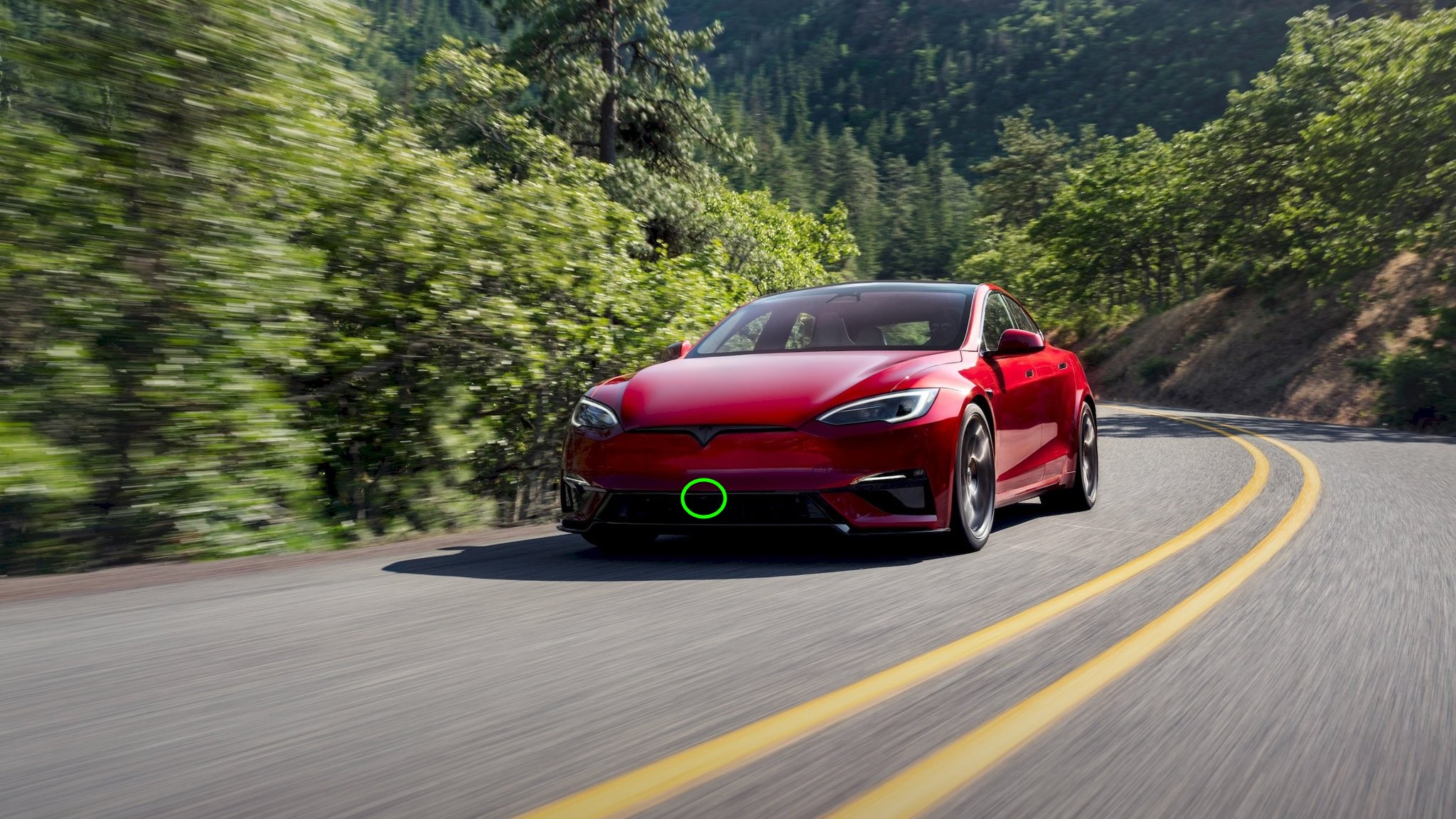
Tesla has confirmed that a recent change made to some of its recently refreshed vehicles is, in fact, a strategy it will use to improve its suite as it continues to work toward autonomy.
Tesla first introduced a front-facing camera on the front bumper with the Cybertruck and new Model 3 “Highland” over the past couple of years.
Then, the Model Y “Juniper” received the hardware update. The Model S and Model X both received the front-facing camera with its latest update, which was officially revealed last week.
Tesla used new language with the release of the front-facing cameras on the Model S and Model X, confirming they will assist with several things, including “using Autopilot and Actually Smart Summon capabilities”:
“Enhanced visibility when parking or using Autopilot and Actually Smart Summon capabilities.”
This tiny feature on the new Tesla Model Y is perhaps its biggest addition
This is the first time Tesla has used this sort of language, as it was a completely different description with the launch of the new Model Y in January.
When Tesla launched this vehicle, it said the front bumper camera “provides a wider field of view for automatic assisted driving and advanced Smart Summon.”
Tesla switched from using cameras and sensors to only cameras with the launch of Tesla Vision several years ago. The company’s utilization of cameras comes from Tesla’s belief that Ultrasonic Sensors (USS) are not needed for self-driving efforts:
“Along with the removal of USS, we simultaneously launched our vision-based occupancy network – currently used in Full Self-Driving (FSD) (Supervised) – to replace the inputs generated by USS. With today’s software, this approach gives Autopilot high-definition spatial positioning, longer range visibility and the ability to identify and differentiate between objects. As with many Tesla features, our occupancy network will continue to improve rapidly over time.”
CEO Elon Musk has said that sensors were only a crutch and that self-driving would be solved through the use of cameras:
“When your vision works, it works better than the best human because it’s like having eight cameras, it’s like having eyes in the back of your head, beside your head, and has three eyes of different focal distances looking forward. This is — and processing it at a speed that is superhuman. There’s no question in my mind that with a pure vision solution, we can make a car that is dramatically safer than the average person.”
News
Tesla features used to flunk 16-year-old’s driver license test
A license examiner in New Jersey confused one standard feature of Teslas as a way a 16-year-old excelled through his driver’s test. He failed him because of it.
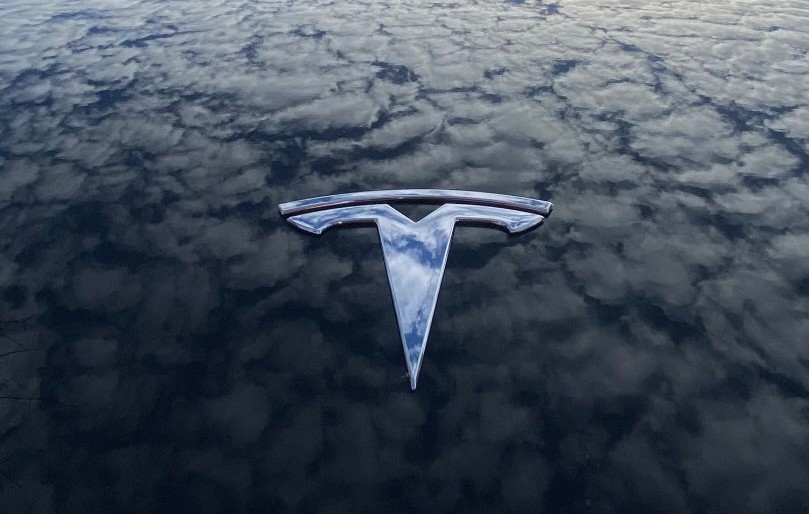
In what is becoming a more common occurrence, a few Tesla features were used to flunk a 16-year-old who took his driver’s license test in New Jersey.
It is not the first time this has happened, as we have reported on several instances of this in the past, both in the U.S. and other countries in the world.
It is evidence that some officials are not caught up in the technology and innovation occurring in the automotive market, some of which is not necessarily exclusive to Tesla, but is included in each of its models, unlike other companies.
Lochlan Keefer, a New Jersey resident, showed up to his driver’s test with his dad, James, in their 2022 Tesla Model Y. However, the test did not go according to plan, according to the examiner who rode along for the test with Lochlan. They accused him of using parking and “stopping assistance” to go through the test.
The examiner cited the following as the reason for failure:
“Had the parking and stopping assistance on never stepped on the brake to stop his self let the vehicle stop it self.”
James said to NJ.com that they do not subscribe to Tesla’s Full Self-Driving suite, which includes things like Autopark, Navigate on Autopilot, and Autosteer on City Streets. These are a few of the things that have been used as reasoning to fail drivers in tests. Lochlan’s was a case of regenerative braking, which is standard on all vehicles, and Autopark:
“The examiner accused my son of using driver assistance features simply because he parallel parked smoothly on the first try. He was specifically accused of using paid parking-assist and driving features, which we do not subscribe to.”
It sounds as if the examiner may have confused the braking mishap for Tesla’s regenerative braking, which slows the vehicle when the accelerator is not pressed. The energy is then stored back in the battery to help with range.
The examiner failed Lochlan, and James asked if he could take the test again if they disabled the regenerative braking for the exam. The examiner said Lochlan would have to wait two weeks. A supervisor came out and backed the examiner, but James said the policy the DMV claimed the Keefer’s violated was nowhere to be found:
“I asked them to show me the policy they claimed we were violating. They couldn’t find it and they couldn’t cite it. When I showed them the policy, they refused to read it.”
The report states that drivers in California and Arizona have also been subjected to failures on their driving tests due to confusion over Teslas and their driver assistance features.
-

 News7 days ago
News7 days agoI took a Tesla Cybertruck weekend Demo Drive – Here’s what I learned
-
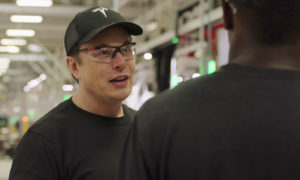
 Elon Musk2 weeks ago
Elon Musk2 weeks agoElon Musk explains Tesla’s domestic battery strategy
-

 Elon Musk2 weeks ago
Elon Musk2 weeks agoTesla stock: Morgan Stanley says eVTOL is calling Elon Musk for new chapter
-
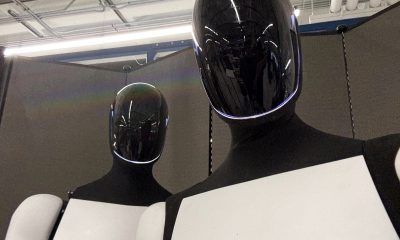
 Elon Musk1 week ago
Elon Musk1 week agoTesla tops Cathie Wood’s stock picks, predicts $2,600 surge
-

 Elon Musk2 weeks ago
Elon Musk2 weeks agoElon Musk responds to Tesla Supercharger shutdown on NJ Turnpike
-
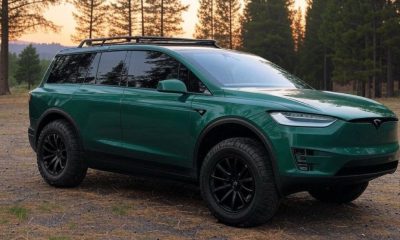
 News2 weeks ago
News2 weeks agoTesla is missing one type of vehicle in its lineup and fans want it fast
-
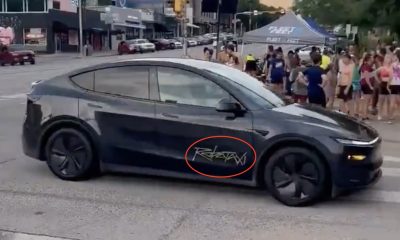
 News6 days ago
News6 days agoFirst Tesla driverless robotaxi spotted in the wild in Austin, TX
-
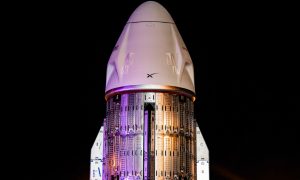
 Elon Musk2 weeks ago
Elon Musk2 weeks agoSpaceX to decommission Dragon spacecraft in response to Pres. Trump war of words with Elon Musk


